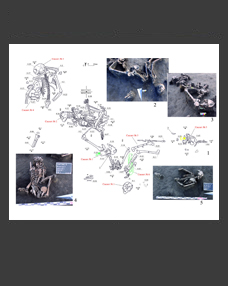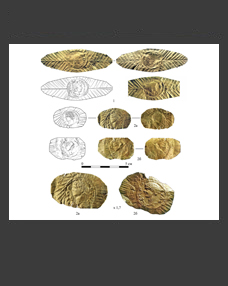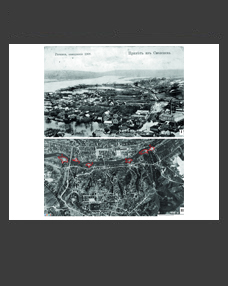Stephen W. Merkel1,*, Irina E. Zaytseva2,**, and Andrey V. Chugaev3,***
1Amsterdam Free University (Vrije Universiteit), Amsterdam, the Netherlands
2Institute of Archaeology RAS, Moscow, Russia
3Institute of Geology of Ore Deposits, Petrography, Mineralogy and Geochemistry RAS, Moscow, Russia
*E-mail: swmerkel@hotmail.com
**E-mail: izaitseva@yandex.ru
***E-mail: vassachav@mail.ru
Keywords: North-Eastern Rus, silver objects, lead isotope analysis, trade and economic relations.
The article discusses the results of lead isotope analysis of 54 silver objects from the 9th–13th centuries AD from rural sites of Suzdal Opolye and villages around Murom. As a result of comparing the obtained data with the available databases for Pb-Pb isotopic values of archaeological objects from various collections and ore samples, it was established that in the second half of the 10th – early 11th century AD, Samanid dirhams were used in Opolye as a raw material for jewellery making. In the 11th century, silver from European sources began to flow into the region via the Baltic, becoming dominant by the end of the century. In Opolye and Murom of the 12th century, adornments were made from European raw materials.
DOI: 10.31857/S0869606324020063, EDN: WOQYAB







